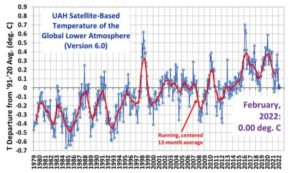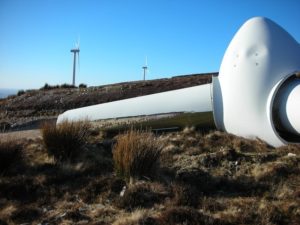by P. Homewood, Mar 9, 2022 in NotaLotofPeopleKnowThat
Energy-related CO2 emissions grew to
36.3 Gt in 2021, a record high
Global CO2 emissions from energy combustion and industrial processes1 rebounded in 2021 to reach their highest ever annual level. A 6% increase from 2020 pushed emissions to 36.3 gigatonnes (Gt), an estimate based on the IEA’s detailed region-by-region and fuel-by-fuel analysis, drawing on the latest official national data and publicly available energy, economic and weather data.
The Covid-19 pandemic had far-reaching impacts on energy demand in 2020, reducing global CO2emissions by 5.2%. However, the world has experienced an extremely rapid economic recovery since then, driven by unprecedented fiscal and monetary stimulus and a fast – although uneven – roll-out of vaccines. The recovery of energy demand in 2021 was compounded by adverse weather and energy market conditions, which led to more coal being burnt despite renewable power generation registering its largest ever annual growth.
Emissions increased by almost 2.1 Gt from 2020 levels. This puts 2021 above 2010 as the largest ever year-on-year increase in energy-related CO2 emissions in absolute terms. The rebound in 2021 more than reversed the pandemic-induced decline in emissions of 1.9 Gt experienced in 2020. CO2 emissions in 2021 rose to around 180 megatonnes (Mt) above the pre-pandemic level of 2019.
The 6% increase in CO2 emissions in 2021 was in line with the jump in global economic output of 5.9%. This marks the strongest coupling of CO2 emissions with Gross domestic product (GDP) growth since 2010, when global emissions rebounded by 6.1% while economic output grew by 5.1% as the world emerged from the Global Financial Crisis.
…




